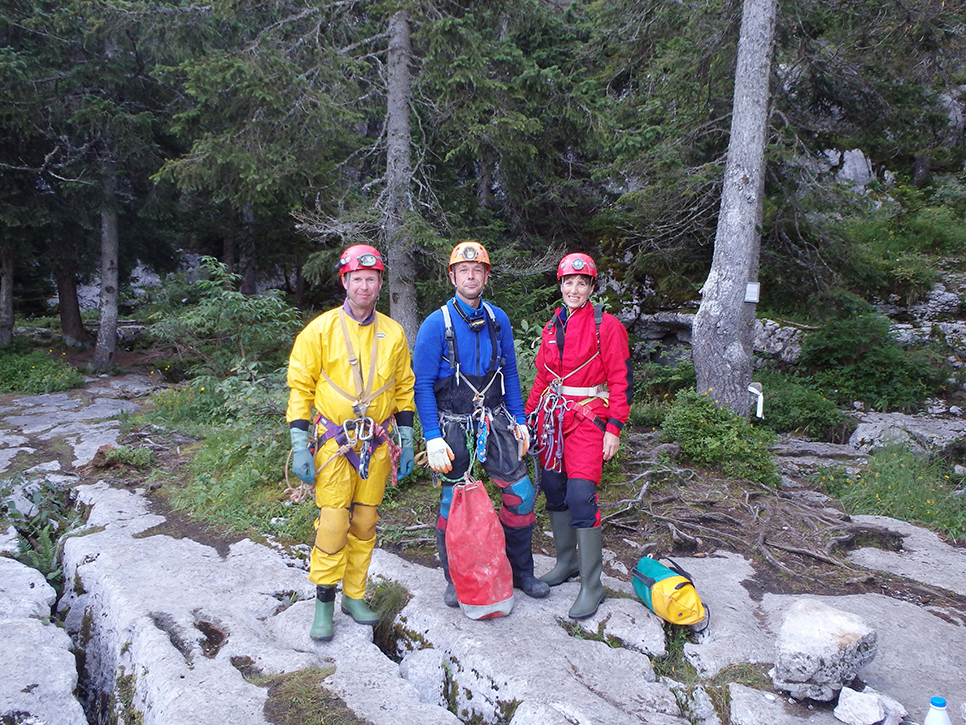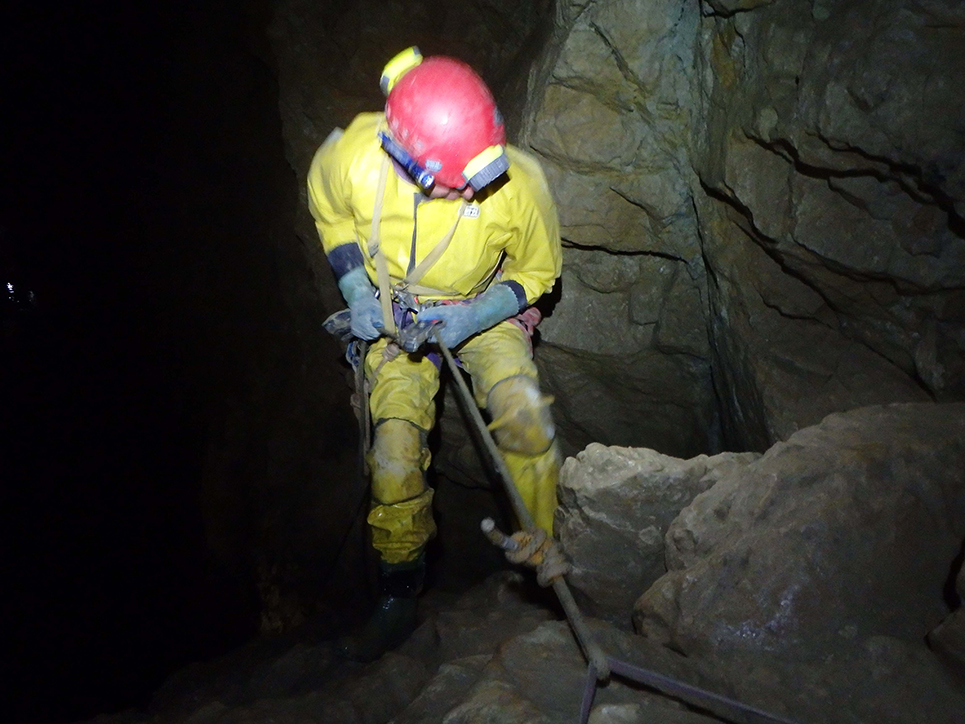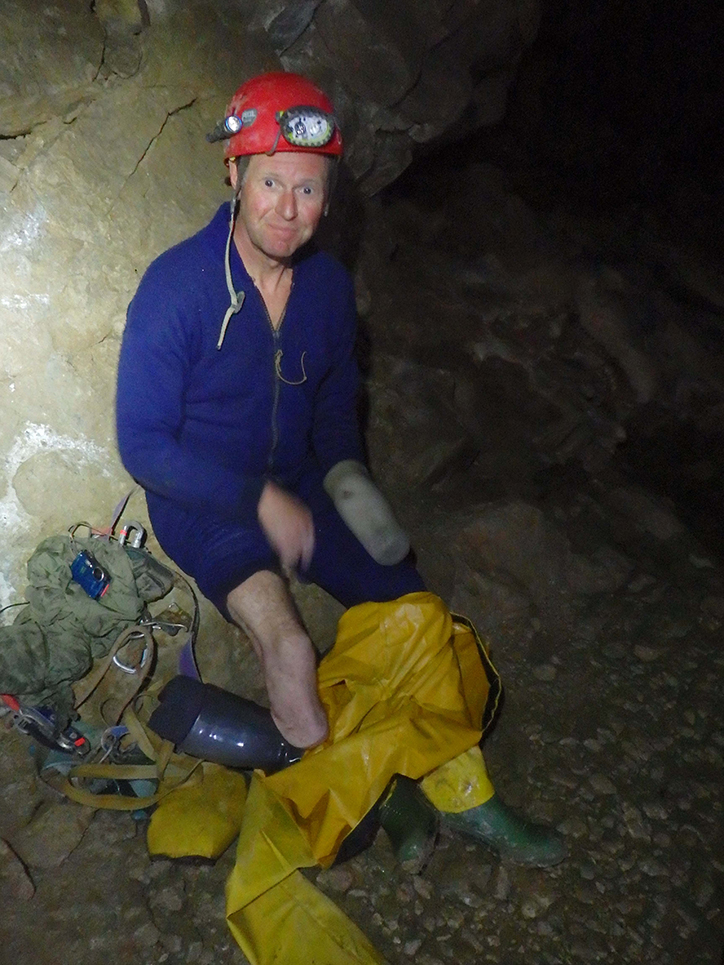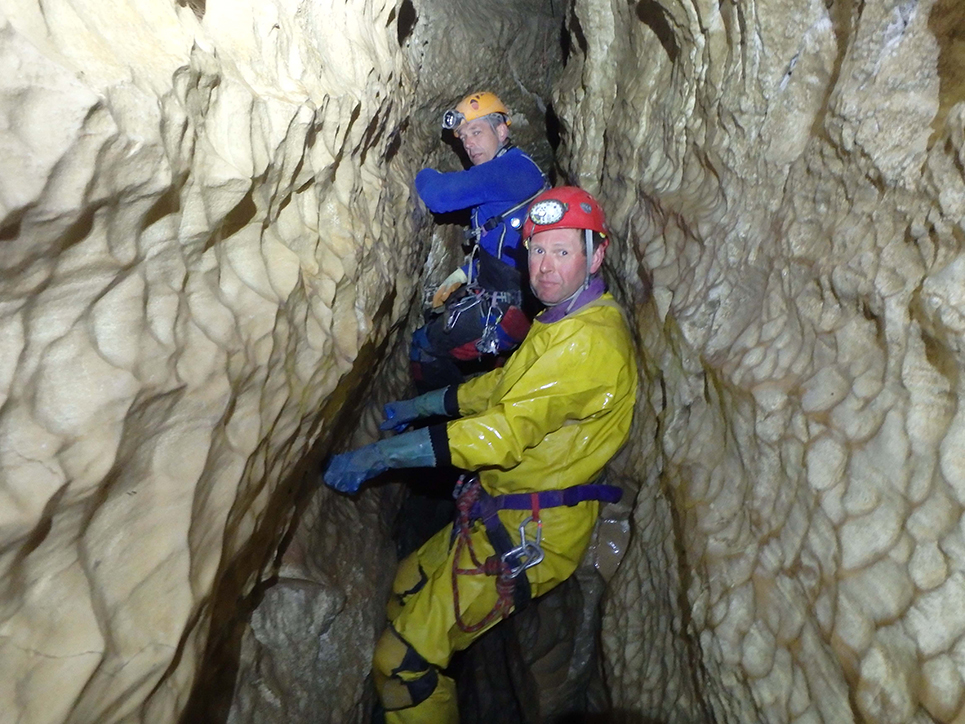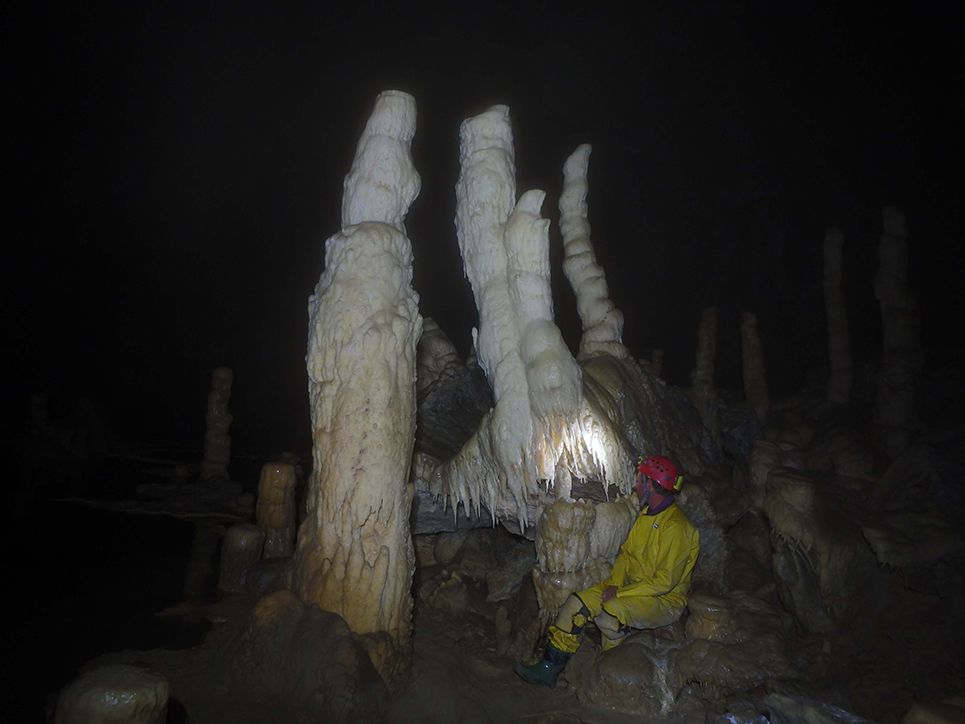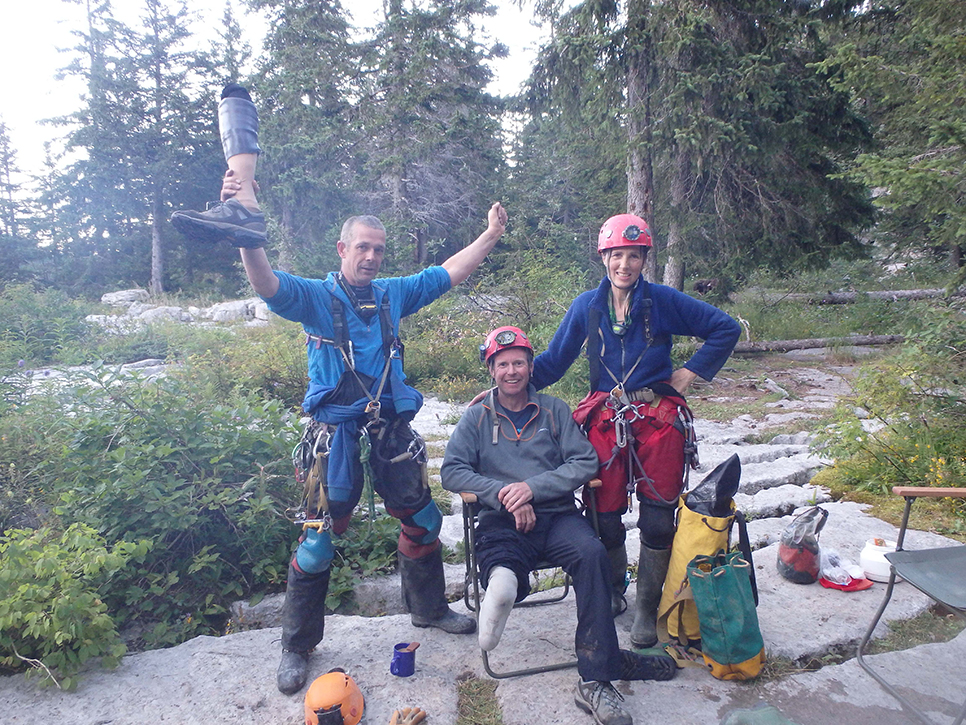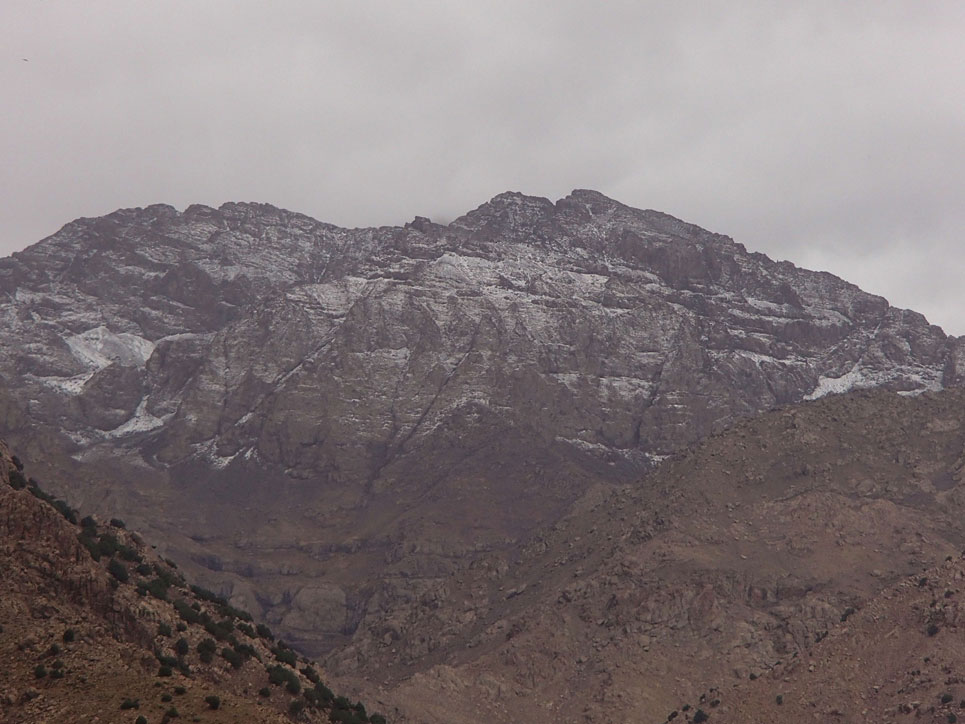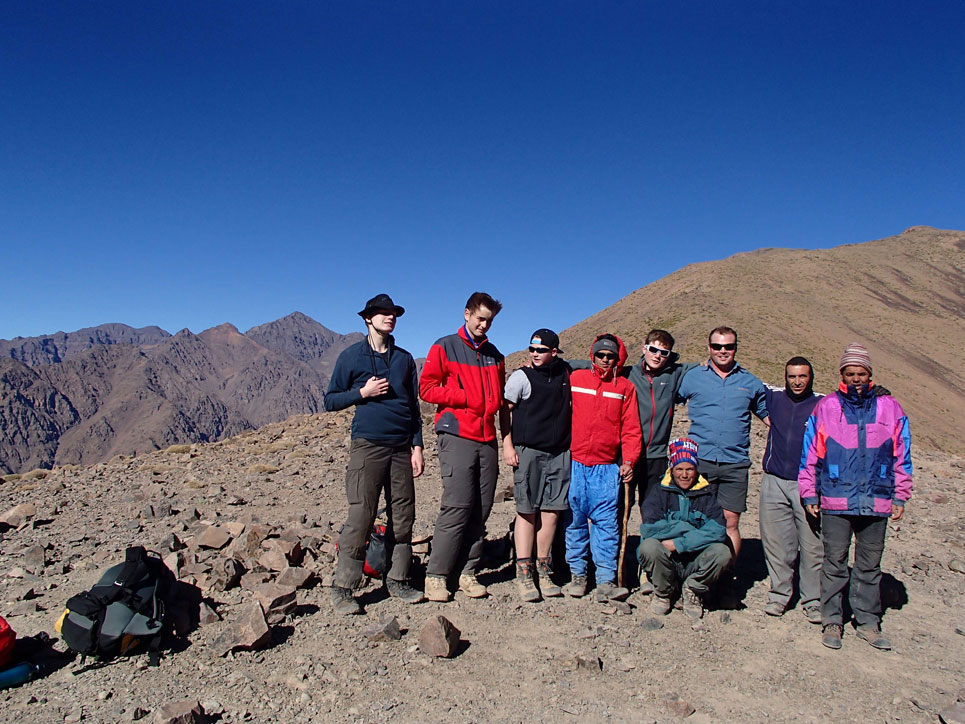A surgeon who has amputated thousands of limbs during his career has returned to work after having both of his legs removed.
Vascular surgeon Neil Hopper, 43, (pictured above) underwent the operation after becoming seriously ill with sepsis last April.
Mr Hopper, who works at Royal Cornwall Hospital in Truro, recently performed his first surgery after returning to work – an amputation.
Now he wants to make sure all amputee patients have access to the best possible rehabilitation after surgery.
- BBC News – 08 Feb 2020
Mr. Hopper has learned how hard it is for traumatic amputees to get the help they require following their operation. His patients in Truro requiring amputation will have the comfort of knowing that they have a surgeon who has personal understanding of their needs and the difficulties they may face.
So my assumption as a surgeon was that we would perform this operation, get the patient through this and there would be a net that would catch these patients and look after them. That net really doesn’t exist. Neil Hopper, Vascular Surgeon, Truro
Video Link: (will open in a new tab)
Please click on the link to see the BBC Video of Neil Hopper performing his first amputation after losing both his legs to sepsis.
All at the DBF send our very best wishes to Mr. Hopper and his family. We are delighted that this kind and thoughtful surgeon is continuing to operate and congratulate him on his return to health and to his dedication to the wellbeing of his patients.


